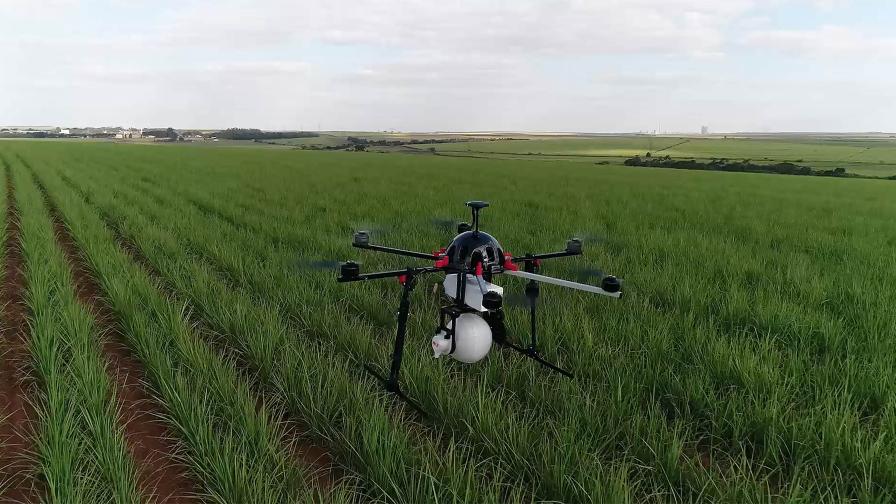USDA Study: Private-sector R&D Investments Fuel Input Sector
“Agriculture is more dependent on scientific innovation than any other industry,” Catherine Woteki, USDA’s Chief Scientist and Under Secretary for Research, Education and Economics underscored the relationship between science and agriculture.
A new USDA Economic Research Service (ERS) study, published in the most recent issue of the journal Science, confirmed that in its comprehensive look at the relationship between public and private investments in research and development (R&D) related to the agricultural input industries.
From 1994 to 2010, global private-sector investments in agricultural input R&D nearly doubled to $11.03 billion, from $5.58 billion. Overall, annual private-sector food and agricultural R&D grew 4.3% to $19.7 billion in 2007 from $11.3 billion in 1994.
In most of the agricultural input industries, market concentration increased from 1994 to 2009, with the highest levels observed in the animal breeding and crop seed sectors and the largest increase observed in the crop seed sector, according to the report. However, rising levels of market concentration were not associated with larger R&D investment in agricultural input sectors.
Globally, most of the increase in agricultural production over the past half-century can be largely attributed to rising crop and livestock yields rather than to expanded acreage for farming. Private-sector investments comprise a greater and growing share of R&D spending, which could be used to influence future productivity gains.
The ERS study also showed how growth in private R&D helped boost sluggish growth in public R&D, which, ironically, has provided many fundamental discoveries, which are generally what attracts private R&D investors.
“This study shows the great job that private industry is doing in research, much of which was built on the genetic technology USDA scientists have been working on for decades,” Woteki added.
International Data
The ERS study provides comprehensive estimates and analyses of private sector R&D for agricultural input industries, including global companies with foreign R&D endeavors. The global inputs, as defined by the article, include agricultural chemicals; farm machinery; fertilizers; and crop seed and biotechnology.
The findings:
- Globally, about half or more of all private investment in food and agricultural research and development have been devoted to food manufacturing, not toward input industries and other areas that directly increase agricultural production.
- Recent increases in private agricultural input research have mostly centered on crops, including farm machinery and some biofuels investments; livestock-related research and crop protection chemicals have experienced less growth.
- Research into biofuels has become increasingly important, with estimated global investments by private companies at approximately $1.47 billion in 2009.
- In both crop seed and animal breeding, biotechnology research was an important driver of consolidation in these industries.
- Private spending contributed to the overall growth in R&D for agricultural in the face of slowing or stagnant public R&D resources, but addressed a narrower set of research topics and input industries than publicly funded R&D.
- Public policies have a major influence on private-sector incentives to invest in agricultural research. Intellectual property protection, regulatory frameworks, and especially, public investments in basic science that opens up new technological opportunities, have been important drivers of the growth of private agricultural R&D.
For the entire ERS study, click here.





